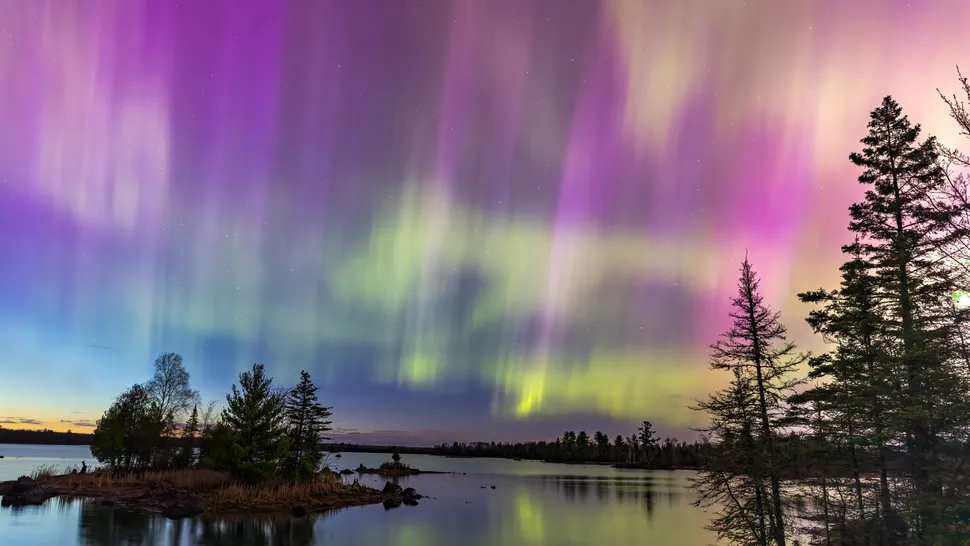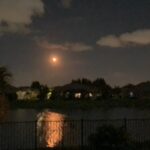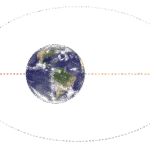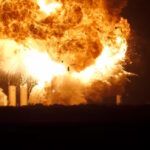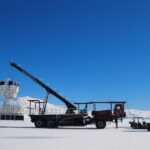Prepare for a breathtaking celestial display! The Northern Lights, also known as the aurora borealis, may become visible across a wide swath of the United States tonight (May 30, 2025) and throughout the weekend.
Active geomagnetic conditions, driven by high-speed solar winds, are pushing these vibrant auroras much farther south than their usual Arctic range. This presents a unique opportunity for stargazers and aurora chasers in potentially 15 different U.S. states, from Alaska all the way down to Oregon, to witness this natural wonder.
The Science Behind the Light Show
The phenomenon of the Northern Lights occurs when energetic particles from the sun interact with Earth’s magnetic field and atmosphere.
Solar Wind and Earth’s Magnetic Field
Currently, our planet is being continuously “buffeted” by high-speed streams of solar wind. This flow of charged particles from the sun exerts pressure on Earth’s protective magnetic field. This interaction creates geomagnetic storm conditions, which are precisely what fuel the mesmerizing auroral displays. The more intense the solar wind and the resulting geomagnetic activity, the more spectacular and widespread the auroras tend to be.
Geomagnetic Storm Forecasts
Space weather forecasters are currently predicting minor G1 geomagnetic storm conditions over the next few days. While G1 is considered a relatively low level on the geomagnetic storm scale, conditions can change rapidly and unexpectedly. A recent example of this occurred just days ago, on May 28, when a surprise G3 storm erupted.
This stronger storm significantly enhanced auroral visibility, allowing the Northern Lights to be seen from 17 U.S. states and even reaching as far south as Italy. This G3 storm had originally been forecast to reach only G1 levels, highlighting the dynamic nature of space weather.
Where and When to Look: NOAA’s Forecast
To maximize your chances of witnessing this incredible display, it’s essential to understand the forecasts and know where to look.
Kp Index Explained
The National Oceanic and Atmospheric Administration (NOAA) Space Weather Prediction Center is a primary source for aurora forecasts. They predict that the Kp index will peak at 4.67 over the upcoming weekend. The Kp index is a critical measurement of geomagnetic activity, ranging from 0 to 9. A higher Kp value indicates stronger auroral activity and a greater likelihood of visible lights further away from the poles.
For the most up-to-date breakdown of timings and Kp predictions, aurora enthusiasts should consult NOAA’s 3-day forecast directly.
States with Potential Visibility
Given the forecasted geomagnetic conditions, the Northern Lights may be visible in approximately 15 U.S. states. These states generally include those in the northern latitudes, but during active storms, visibility can extend much further south. States to watch include Alaska, and those across the northern tier such as Washington,
Oregon, Idaho, Montana, North Dakota, South Dakota, Minnesota, Wisconsin, Michigan, New York, Vermont, New Hampshire, and Maine, with potential for some visibility in parts of Pennsylvania, Iowa, and Illinois if conditions intensify.
Tips for Aurora Chasers
For those hoping to catch a glimpse of this stunning natural phenomenon, preparation is key.
Get Ready to Observe
Aurora chasers are advised to get their fingers crossed for clear skies, ensure their cameras are fully charged, and keep their eyes firmly fixed on the northern horizon. Finding a location away from city lights and light pollution will significantly improve visibility. Patience is also crucial, as auroras can wax and wane in intensity.
Stay Updated
To stay informed about the latest forecasts and any geomagnetic storm warnings, enthusiasts can follow real-time updates from space weather centers. Many dedicated aurora forecast live blogs also provide minute-by-minute information, helping you time your viewing experience perfectly. Don’t miss this potential opportunity to see the skies dance with color!


